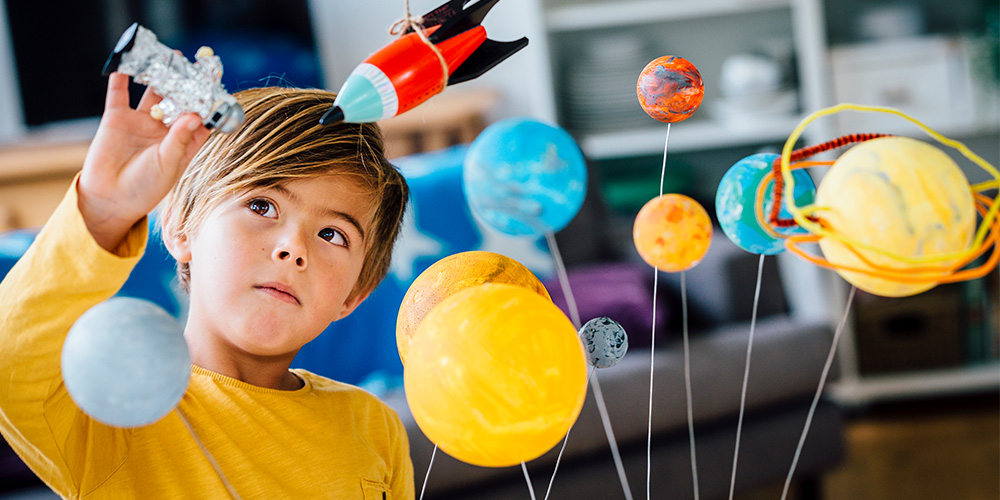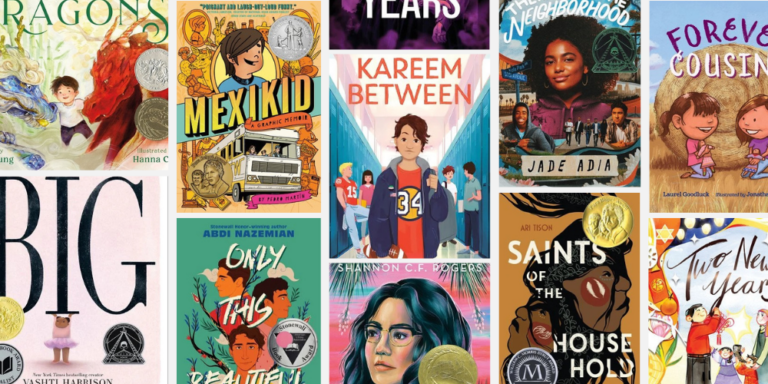Psychologists, sociologists, and educators all agree: Play is an essential part of a child’s development. Play is integral to brain development, social development, and, more and more research is showing, intellectual development too. Many early childhood educators are adopting a play-to-learn model in which they use fun and connection to help their students learn.
In this article, we’ll look at why play-to-learn is effective for young children (and older children too), plus some activities you can use with your young students.
Affirming the Importance of Play-to-Learn
Play-to-learn is different than just learning content in a fun way. Although students can learn content through play, play-to-learn encompasses much more than that. The National Association for the Education of Young Children (NAEYC) shares how play can help students learn essential skills often called the 6 Cs:
- Collaboration: Collaboration is the ability to work with others toward a shared goal. Children will naturally disagree or have new ideas while they play. These moments are a great opportunity for them to learn how to take others’ input, blend ideas, account for others’ needs, and work out potential differences.
- Communication: Communication involves speaking, listening, and understanding body language. Play gives children many opportunities to learn how to interpret others’ verbal and nonverbal cues, respond appropriately, and communicate their own thoughts and feelings. In a play situation, children don’t even realize their practicing skills that will pay off for a lifetime.
- Content: Even in free, imaginative play, core content concepts will inevitably come up. Are children “playing school”? They will need to count how many people are playing to determine the number of desks they need. Are they acting out a fairy tale they just watched or heard? They will need to recall and discuss the characters and story. Often, children will bring up these issues on their own, but a few prompts from a teacher can also be helpful.
- Critical thinking: Play naturally exercises children’s critical thinking and executive functioning skills. As children construct games, imaginary scenarios, and creative works, they tap into their memory of different skills or facts and apply it to what they’re doing. Plus, they have to focus their attention and make decisions on the fly as the environment changes and other children have input in the play.
- Creative innovation: According to NAYEC, “Creative innovation is what allows content and critical thinking to come together to produce something new or different.” When children pretend to be someone else, imagine they are somewhere else, or decide an object represents something else, they’re engaging in creative innovation.
- Confidence: Confidence helps children take risks and try new things, both of which are essential for learning and success in life. Very young children derive their confidence and sense of security from their caregivers, but as kids get older and make decisions in play situations, they build their own independent confidence and are better able to take on other challenges.
Five Tenets of Play
Not all play is created equal. In an educational context, it can be tempting to regulate or manage play to ensure children are learning something. However, no matter the context, it’s important to keep the five tenets of play in mind (from NAEYC):
- Children get to make their own decisions. Play is a wonderful, safe environment for children to make choices and learn that every choice creates a consequence. Are they building a city with blocks but used up all the blocks on one building? This is a powerful lesson in finite resources—one that they’ll remember better if they discover it on their own rather than a teacher intervening to tell them how to do it “correctly.”
- Play-to-learn triggers motivation. Nothing is more frustrating than trying to get a child to do something he or she doesn’t want to do. In true play, children are focused and motivated by the play scenario above all else. NAEYC points out that playing with other children also promotes self-control, because children will be so motivated to continue playing that they will learn to cooperate rather than stubbornly fixate on their own desires.
- Children become wholly engaged with what they’re doing. There’s no better feeling than enjoying what you’re doing so much that you lose track of time and what’s going on around you. Ideally, play will be like this for children so they can feel free to experiment and discover things for themselves without an adult pulling them out of the moment.
- Play is unscripted and unrehearsed. Even if you give children an initial direction or scenario, it’s vital to let them make choices and adapt to changes as they have new ideas or run into obstacles (whether due to a disagreement with another child or toys not behaving as they’d hoped). Allowing children time to problem solve and make decisions on the spot helps them develop flexibility in their thinking, which will help them in many areas in life.
- Children enjoy play. It’s painfully obvious to say, but play should be fun and make children happy! People, and perhaps children especially, are emotional beings, and when play creates positive feelings in children, they’ll begin to associate learning and trying new things with being happy.
Play-to-Learn Activities
Here are some of our favorite play-to-learn activities from Jamie White’s “Play-to-Learn Preschool” Teachers Pay Teachers store:
This unit has five circle-time lessons and hands-on math, art, and science centers, all themed around learning about colors. Activities include a rhyming game, color mixing activity, a puzzle, fine motor practice, and more.
Take your preschoolers on a nature walk, dance and sing about the falling leaves, create a graph about your favorite fall things, and much more in this unit on autumn. This packet includes 10 circle-time lessons, six literacy centers, and four math centers.
These 10 circle-time lessons and 10 hands-on centers are all about the farm! Students will learn to identify crops, animal sounds, farm activities, and more through singing, writing practice, sorting activities, and other fun games.
Did you know there are eight different types of bears? These 10 circle-time lessons and 10 literacy and math centers teach your students (and their teddy bears) about the types of bears, how they sleep, how they eat, and more.
Who doesn’t love summer? These 10 circle-time activities and 11 literacy, math, and fine-motor centers are inspired by ice cream, watermelons, camping out, fireworks, and more.
Fill your classroom with songs and talk of love with this unit on Valentine’s Day. In these circle-time lessons and literacy, math, and writing centers, your students will sing, play memory and name recognition games, do sorting and fine-motor activities, and more.
Exercise your students’ five senses with these nine hands-on lessons. You’ll taste-test apples, sort objects by size and feel, match sound effects, and more!
These 10 circle-time lessons and seven centers take students on a tour of the animals of the world, including mammals, fish, birds, reptiles, and animals in different climates (e.g., desert, ocean, jungle). Students will categorize, match, sort, sequence, and sing about all kinds of furry and reptilian creatures.
Does Play-to-Learn Go Beyond Preschool Learning?
Does play decrease in importance once children age out of pre-K and elementary school? Not necessarily, according to an article from Time.
Former middle school teacher Hilary G. Conklin researched the role of play in teenagers’ learning and found, perhaps unsurprisingly, that middle and high schoolers are happier, more motivated, and more interested when the principles of play are part of their learning. She observed that even the most reluctant students are more likely to engage if learning feels fun.
So what does play look like in middle and high school? Rather than dress-up and wild make-believe games, researcher Sarah Fine calls older children’s play-to-learn “intellectual playfulness.” Conklin provides the following examples of what this means for older students. They might:
- Develop governments for imaginary countries.
- Prepare survival kits for different climates.
- Create board games to review content.
- “Travel” to other countries in a physical geography game on the playground.
- Create a lifestyle magazine based on content.
- Write songs to help review content.
What makes these activities play-to-learn? According to the article, “In each of these classroom exercises, students were allowed to make choices about what they wanted to learn, had opportunities to try on adult roles, were able to develop imaginative physical and mental creations, and importantly, enjoyed the process of learning.” Like play-to-learn for preschoolers, these types of activities foster critical and creative thinking, build students’ confidence, let them make choices according to their interests, and help them feel a sense of independence and ownership over their learning. available for both graduate and continuing education credit for your salary advancement or recertification needs.







